SALICYLIC ACID 6% - TOPICAL
PHONETIC PRONUNCIATION: (SAL-i-SIL-ik)
COMMON BRAND NAME(S): Salex
GENERIC NAME(S): salicylic acid
Uses
USES: Salicylic acid is used on the skin to treat psoriasis and other dry, scaly skin conditions. This medication is also used to help remove dead skin from warts, the palms of the hands, and the soles of the feet. It belongs to the same class of drugs as aspirin (salicylates). This medication should not be used in children younger than 2 years. Salicylic acid causes the skin to shed dead cells from its top layer by increasing the amount of moisture in the skin and dissolving the "cement" between the cells. This makes it easier to shed the skin cells, softens the top layer of skin, and decreases scaling and dryness.
How to use SALICYLIC ACID 6% - TOPICAL
HOW TO USE: Follow all directions on the product package. If you are uncertain about any of the information, consult your doctor or pharmacist. This medication is for use on the skin only. For best results, soak the skin area in warm water for at least 5 minutes before using this medication. After soaking, gently wipe off any loose skin with a clean, soft cloth. Do not rub. Apply a thin film of medication to the affected area, once daily at bedtime or as directed by your doctor. Cover the area loosely if directed by your doctor. When you wake up, gently wash off the medication. Wash hands after use, unless you are using this medication to treat the hands. If you are using the foam, shake the can well before using. Before using a new can, prime the container by pressing down for 3 to 5 seconds until foam appears. Spray the foam onto the hand, then apply. After applying the foam, gently rub it in until it disappears. Moisture is very important to help the medication work, so your doctor may direct you to cover the treated area to help hold moisture next to the skin. Do not cover the area with ointment, plastic/waterproof bandages, tight-fitting clothing, or tight dressings unless directed by your doctor. Doing so may increase side effects. If you are treating an area that is difficult to cover, your doctor may direct you to moisten the skin with wet packs or baths or to use the medication more frequently. Use exactly as prescribed. This medication may be used on the body, the scalp, the palms of the hands, and the soles of the feet. Avoid your eyes, nostrils, mouth, and genitals. If contact occurs, flush the area with cool water for 15 minutes. Be careful when applying this medication because it can irritate normal skin around the treated area. Do not use large amounts, apply it more often, or use it for a longer time than directed. Your condition will not clear faster, but the chance for side effects may be increased. You will usually see some improvement in 2 to 3 days, but it may take longer to get the full benefit. Once your skin has improved, your doctor may direct you to use this product only occasionally or to stop using it. Tell your doctor if your condition persists or worsens.
Side Effects
Precautions
Interactions
Overdose
Images
Reviews
Faq for SALICYLIC ACID 6% - TOPICAL
Salicylic Acid 6% Topical is primarily used to treat common skin conditions such as acne, warts, and calluses. It works by loosening and shedding the outer layer of the skin, promoting renewal and preventing clogged pores.
Clean and dry the affected area before applying the medication. Use a small amount and gently massage it into the skin until absorbed. Avoid contact with eyes, lips, and mucous membranes. You may need to apply it once or twice daily, or as directed by your healthcare professional.
Common side effects include mild skin irritation, redness, peeling, and dryness. These effects are generally mild and temporary. However, if you experience severe burning, blistering, or allergic reactions, seek medical attention immediately.
Individuals with sensitive skin may be more prone to experiencing skin irritation. It's recommended to do a patch test before applying the product to larger areas of the skin. If you experience excessive irritation or discomfort, discontinue use and consult a healthcare professional.
The time it takes for noticeable improvements may vary depending on the condition being treated. In some cases, you may start to see results within a few days, while others may take weeks or even months. Consistent and regular use is important for achieving optimal results.
It is generally safe to use other skincare products while using Salicylic Acid 6% Topical. However, it is advisable to avoid using other topical medications or products containing strong exfoliants or irritants simultaneously, as it may increase the risk of skin irritation.
It is best to consult with a healthcare professional before using Salicylic Acid 6% Topical during pregnancy or while breastfeeding. While there isn't enough clinical data to determine its safety in these situations, it's recommended to err on the side of caution.
Continue using Salicylic Acid 6% Topical as directed by your healthcare professional, even if your skin condition appears to have improved. Discontinuing use prematurely may result in a recurrence of the condition.
Salicylic Acid 6% Topical can be used on the face, but it is essential to avoid contact with the eyes, nostrils, and mouth. It's recommended to start with a lower concentration and gradually increase if necessary, as the skin on the face is typically more sensitive.
Disclaimer
IMPORTANT: HOW TO USE THIS INFORMATION: This is a summary and does NOT have all possible information about this product. This information does not assure that this product is safe, effective, or appropriate for you. This information is not individual medical advice and does not substitute for the advice of your health care professional. Always ask your health care professional for complete information about this product and your specific health needs.
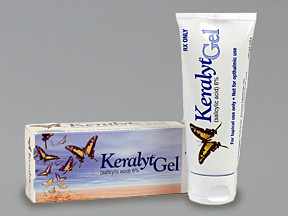
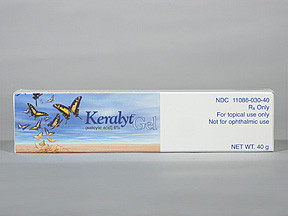
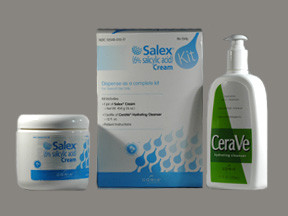
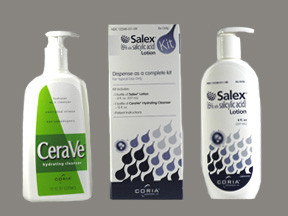
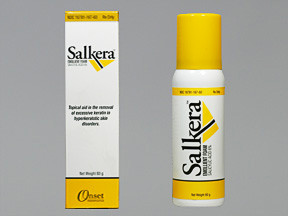
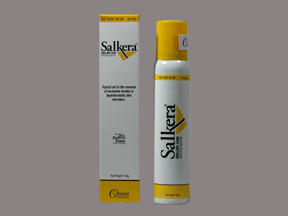
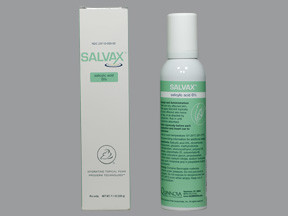
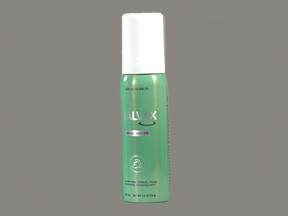
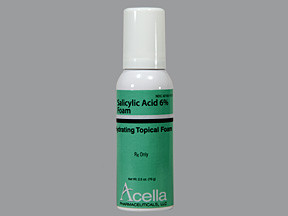
For Fair: Where can I buy this. Do you have any coupon. Salicylic Acid 6 o/o ronandbev@yahoo.com Ronald Sulak 750 Division St. East Jordan Mich. 49727
By Jo Jo on 11 Jan, 2020